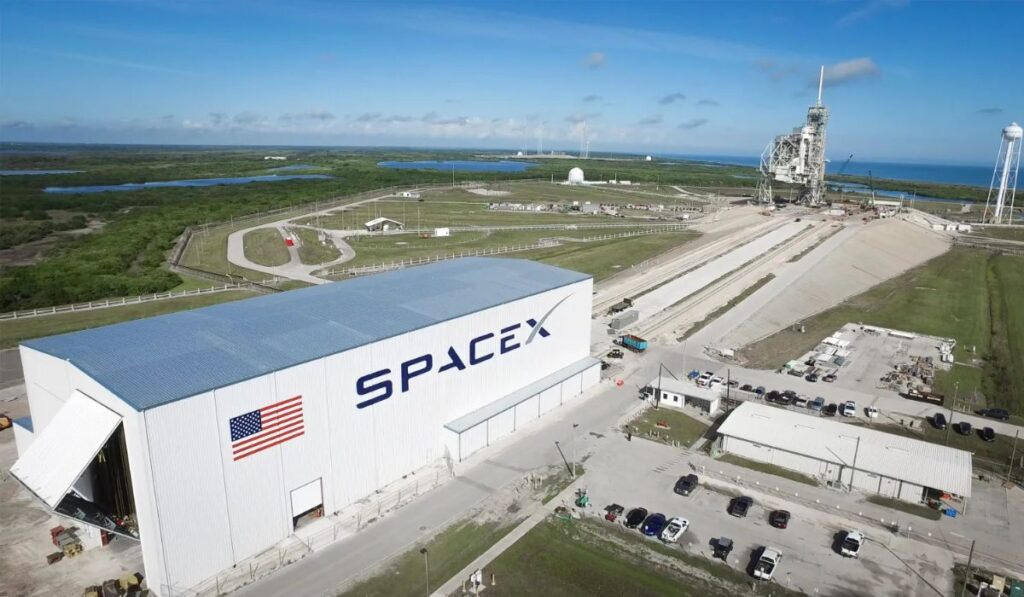SpaceX’s Starship program, aiming for a fully reusable interplanetary rocket, narrowly avoided disaster during its recent test flight. Leaked audio reveals the iconic booster catch came within a second of failing due to a misconfigured component. This close call raises questions about SpaceX’s risk tolerance and the future of Starship.

The audio, shared by Elon Musk, features an engineer detailing the near miss. A misconfigured “stem gas support” nearly triggered an abort, causing the booster to crash. Fortunately, the issue was caught in time, and the booster landed successfully. This incident highlights the complexity and risks inherent in developing a fully reusable launch system.
This wasn’t the only issue. A cover detached during descent, exposing valves crucial for landing. These “single-point failure” valves could have led to a catastrophic outcome. Past Starship tests have faced similar challenges, raising concerns about rapid iteration at the expense of safety. Experts worry this approach could lead to overlooked flaws with potentially severe consequences.
SpaceX faces competition from companies like Blue Origin and NASA’s Artemis program, which prioritize a more conservative approach. SpaceX’s aggressive timelines and testing protocols may lead to stricter regulations from NASA and other oversight bodies. This “fly-by-the-seat” approach could result in costly delays or jeopardize contracts.
Experts hold mixed views. Some laud SpaceX’s innovation, while others emphasize the need for robust safety protocols. Analyst Robert Wentworth argues for safety to be a parallel priority, as any serious malfunction could endanger missions and public trust.
SpaceX is expected to address these issues before the next flight. It remains to be seen how they’ll balance risk and reward, especially as Starship missions aim for greater heights.
Starships near miss serves as a stark reminder of the complex challenges in space exploration. While the program pushes boundaries, safety must remain paramount. This incident underscores the need for a balanced approach that prioritizes innovation alongside rigorous safety measures. As SpaceX strives for Mars, the journey will undoubtedly be filled with challenges but ensuring safe and reliable technology is crucial for achieving humanity’s dream of interplanetary exploration.















